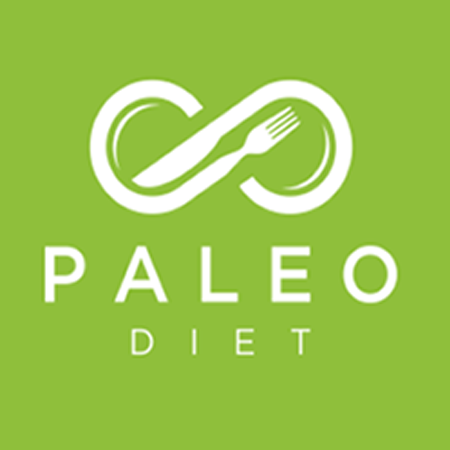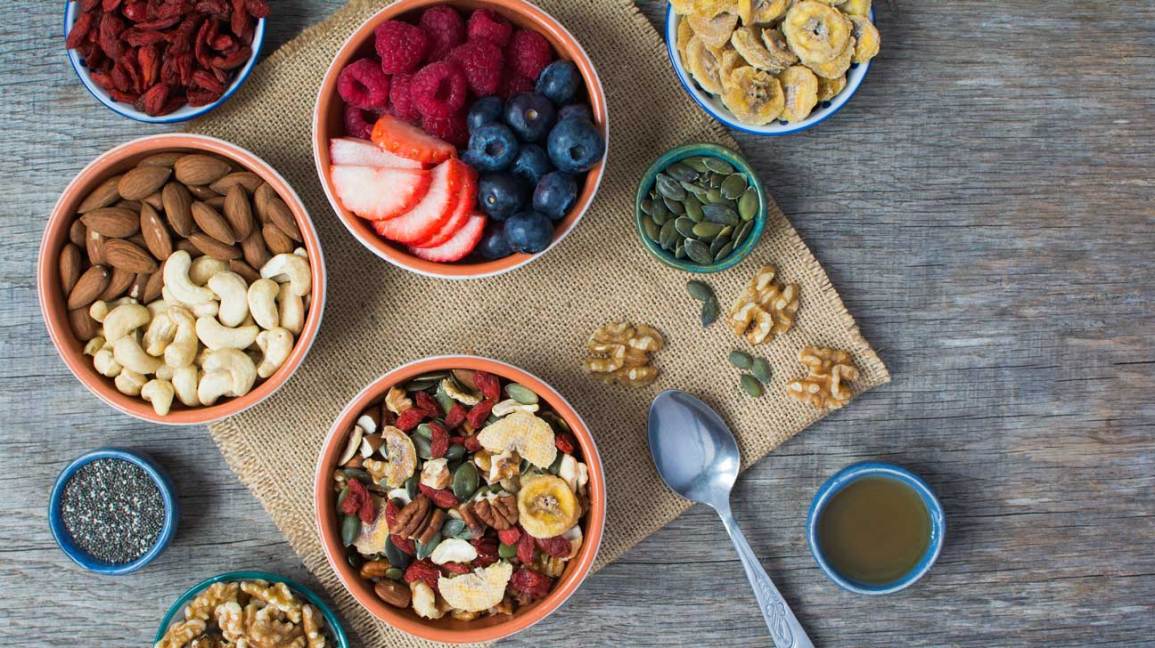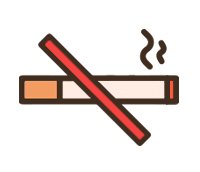
Paleo is a diet that emphasizes eating the same foods our ancestors ate. This diet includes foods like bananas with almond butter and dried pumpkin seed. It can also be filled with sweet potatoes, chicken, and other vegetables. EatingWell understands that the paleo diet can be restrictive. However, they believe in the value of certain foods. Here's a discussion on which foods you can eat while still following a healthy eating plan.
Pola makanan paleolithic manusia
Christina Warinner, Ph.D., studied pola makan manusia purba and mitos-mitos pola makanan paleolithic manusia in 2010. She revealed that manusia Paleolithic manusia consumed large quantities of daging, and ate all types of meat. Although this myth was believed widely by paleolithic people it is now outdated and irrelevant.
The diet of the paleo, also known by the diet of manusia ga, allows you to eat the same food as manusia guma used to eat. In addition to improving their kesehatan, they help preserve their heritage. However, this diet is not for everyone. This diet is not suitable for everyone and is only recommended for a small number of people.
Two types of kelompokan make up the lukisan of Ramasokat: ceruk, and lukisan-gua. They were cultivated in the areas of Sulawesi Tenggara and Liabalano. The lukisan gua contains a mixture of proteins, fats, carbohydrates, and amino acids. These nutrients support healthy living, and may even help us understand the nuances of human evolution.

Modern humans eat a variety of foods that have many benefits but also come with some risks. People who eat foods richer in nutrients like those found in Paleolithic Era have a higher risk of developing diseases. Your risk of developing disease is reduced if you eat clean. Clean Eating is an excellent way to eat healthier. The obvious benefits of this diet are clear: eating low in fats can have positive effects on your health. Also, you won't get sick if you eat too much.
Paleolithic diet foods
Add sugars, vegetable fats, and artificial sweetness are all common in processed foods. They can be dangerous for your health. Overeating and excessive consumption of refined sugars can lead to obesity. High levels of salt can also cause heart disease. The American Heart Association recommends that vegetable oils be replaced with canola oil by using safflower oil or corn oil. These oils contain high levels of omega-6 fatty acids.
Some commercial paleo diets limit dairy products to a minimum. Others have more strict restrictions. Paleolithic diets allow certain foods, such as lean pork loin and roasted chicken with onion, carrot stuffing and steam broccoli. Other paleo diets allow for small amounts maple syrup and honey. Research on the health benefits of this diet is mixed.
Legumes, which are high in phytic acid, should be avoided by paleo-lovers. These substances prevent the absorption and utilization of essential minerals. In some cases, however, they may be allowed. While it may be tempting to eat legumes and potatoes, it's not recommended to add them to your diet as often as you would other processed foods. You should instead include lots of fruits, vegetables and other healthy foods in your daily meals.
Guidelines for Paleolithic eating
The Guidelines for Eating a Paleolithic Diet are very different from the typical modern diet, but they are both based on the same principles. The Paleolithic diet was primarily made of animal products. However, it is also rich and varied in plants. There are very few restrictions. The diet is not for everyone. Paleolithic nutrition may not be for you.

Paleolithic diets exclude dairy products as the most common food group. You could be at risk for nutritional deficiency if you eliminate these key food groups. Tooth decay can be caused by a deficiency of calcium. A diet low in this mineral may also cause problems with your bones and teeth. Furthermore, calcium plays a role in blood clotting and muscle contraction. Whole grains lower the risk of type 2 diabetes, stroke, heart disease, as well as stroke. You may be at risk of calcium deficiency because grains were almost completely eliminated.
These guidelines are specific to Paleolithic eating. This diet emphasizes eating nutrients-rich foods such as vegetables and proteins and minimizes processed foods. You should follow these guidelines carefully to avoid going overboard. Every person is unique and a paleolithic diet will be different. It is important that you understand that the Paleolithic lifestyle was common 10,000-12,000 years ago.
FAQ
What skills do I need to get into culinary school?
To become a chef, you must be able to cook well, work under pressure, and understand food safety regulations. For a basic understanding of cooking, it is advisable to enroll in cooking classes at the local high schools or community colleges. After mastering the basics, you'll be able to apply for a job at a catering or restaurant.
What's the best way to keep leftovers safe?
Tupperware containers are great for storing leftovers. These containers preserve food freshness and stop odors from developing. They can also keep food warm longer. Frozen leftovers can be kept in freezer bags. To prevent air from escaping, freeze food in a bag. Once the food has been frozen, transfer it into an airtight container such as a zip lock bag.
What are the basic skills of cooking?
Basic cooking skills include the ability to read recipes and measure ingredients. If you want to be able to cook for yourself, then you need to learn these basic skills. You can also save money by cooking at home.
Which is the best way for you to learn how to cook?
Cooking should be something everyone can do. You'll miss out on delicious meals if your skills are not up to par. You must start by finding a recipe you enjoy and following it closely when you learn to cook. Next, practice making small tweaks to the recipe until the dish is your own. Finally, try cooking for others. This will not only help you cook better, but it will also test your skills.
Statistics
- In the United States, the category is estimated at $23.2 billion annually and is growing faster than the market. (washingtonpost.com)
- The median pay for a chef or head cook is $53,380 per year or $25.66/hour, according to the U.S. Bureau of Labor Statistics (BLS). (learnhowtobecome.org)
- under 10 Kids have been taught that there is special food just for them, and Fiese says that 10 percent of kids will throw a tantrum if they don't get the food they want. (washingtonpost.com)
External Links
How To
How to cook steak
The thickness of the meat determines the best cooking method. Thicker steaks cook best at low heat. Thicker steaks require higher temperatures.
Don't overcook them as they will lose flavor. And remember always to remove the steak from the pan when it's done - this way, you won't burn yourself.
The size and desired doneness of the steak will affect the cooking time. Here are some general guidelines.
Medium Rare: Cook until medium-rare, which is when the internal temperature reaches at least 145degF (63degC). This should take between 3 and 5 min per side.
Medium: Cook until medium, which means the internal temp reaches 160degF (71degC). This normally takes around 6 minutes per side.
Good Cooking: Cook the meat until it is done. This means that the internal temperature reaches 180F (82C). This usually requires 8 to 12 minutes per side.